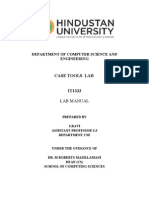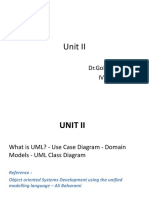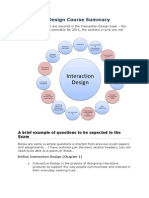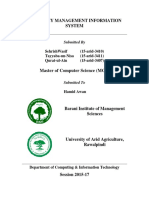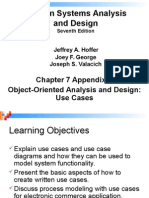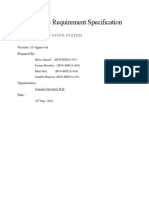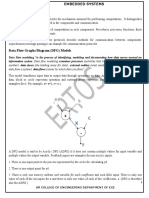0% found this document useful (0 votes)
129 views6 pagesModule 2 - UML For Web Applications
The document provides an overview of using Unified Modeling Language (UML) for web applications, highlighting its importance in system development, communication, and error detection. It details various UML diagrams such as Use Case, Sequence, Activity, State Machine, and Collaboration diagrams to represent user interactions and system behaviors. A case study on developing a Library Management System illustrates practical UML application, along with best practices for UML modeling in web development.
Uploaded by
colonemajor777Copyright
© © All Rights Reserved
We take content rights seriously. If you suspect this is your content, claim it here.
Available Formats
Download as PDF, TXT or read online on Scribd
0% found this document useful (0 votes)
129 views6 pagesModule 2 - UML For Web Applications
The document provides an overview of using Unified Modeling Language (UML) for web applications, highlighting its importance in system development, communication, and error detection. It details various UML diagrams such as Use Case, Sequence, Activity, State Machine, and Collaboration diagrams to represent user interactions and system behaviors. A case study on developing a Library Management System illustrates practical UML application, along with best practices for UML modeling in web development.
Uploaded by
colonemajor777Copyright
© © All Rights Reserved
We take content rights seriously. If you suspect this is your content, claim it here.
Available Formats
Download as PDF, TXT or read online on Scribd
/ 6














































